Introduction
Rock tea, also known as yancha in Chinese, is a unique and highly esteemed category of tea originating from the Wuyi Mountains in Fujian Province, China. This type of tea is renowned for its distinct earthy, mineral, and often roasted flavors, making it a favorite among tea enthusiasts worldwide. The term “rock tea” is derived from the fact that these teas are grown on rocky, mineral-rich terrain, which significantly influences their taste profile. In this comprehensive guide, we will delve into the diverse types of rock tea, exploring their unique characteristics, cultivation methods, and the history behind this remarkable beverage.
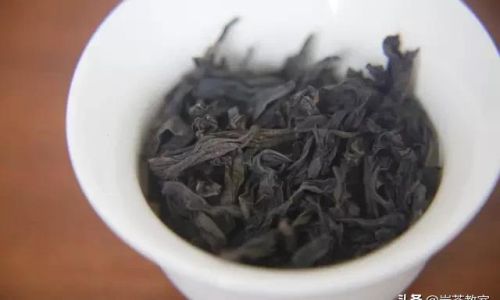
Overview of Rock Tea
Rock tea belongs to the oolong tea category, which is semi-oxidized, falling somewhere between green and black teas in terms of processing. This semi-oxidation process, combined with the mineral-laden soil and unique climate of the Wuyi Mountains, results in teas with a complex and layered flavor profile. Rock teas are often characterized by their robust, roasted notes, with hints of fruit, floral, and earthy undertones.
The Wuyi Mountains, a UNESCO World Heritage Site, are renowned for their unique terroir, which plays a crucial role in the quality and flavor of rock tea. The area’s rocky terrain, diverse microclimates, and abundant cloud cover create an ideal environment for growing tea with distinct characteristics.
Classification of Rock Tea
Rock teas can be classified into several types based on their cultivation methods, processing techniques, and the specific region where they are grown. Here, we will explore some of the most popular and sought-after varieties:
1. Da Hong Pao (Big Red Robe)
Da Hong Pao is perhaps the most famous and prestigious type of rock tea. It holds a legendary status in Chinese tea culture, often referred to as the “King of Teas.” This tea is named after the red robes worn by imperial officials in ancient China, symbolizing its royal heritage.
Da Hong Pao is grown in the Wuyi Yan Rock area, known for its distinctive terroir. The tea leaves are carefully processed through traditional methods, including withering, rolling, oxidation, and firing, to develop its signature roasted and floral flavors. This tea is characterized by its rich, full-bodied taste with notes of caramel, stone fruit, and a subtle mineral finish.
Da Hong Pao is further divided into several grades, including the legendary “Mother Tree” variety, which is extremely rare and highly valued. Today, most Da Hong Pao on the market is produced from cloned bushes descended from the original Mother Tree.
2. Tie Luo Han (Iron Arhat)
Tie Luo Han, also known as Iron Arhat Rock Tea, is another notable type of rock tea. This tea is named after a Buddhist monk who is said to have planted tea bushes on the Tie Luo Han Rock in the Wuyi Mountains. Tie Luo Han is characterized by its robust, roasted flavor with notes of caramel, nuts, and a hint of fruitiness.
The processing of Tie Luo Han involves a higher degree of oxidation and firing compared to Da Hong Pao, giving it a darker appearance and a stronger taste. This tea is often described as having a “rocky” or “minerally” quality, with a long-lasting finish.
3. Shui Jin Gui (Golden Water Turtle)
Shui Jin Gui, meaning “Golden Water Turtle,” is a rare and highly esteemed type of rock tea. This tea is named after the legend of a golden turtle that is said to have brought tea seeds to the Wuyi Mountains. Shui Jin Gui is characterized by its delicate, floral aroma and a sweet, mellow taste with notes of honey and fruit.
The production of Shui Jin Gui is limited to a few select tea gardens in the Wuyi Mountains. The tea leaves are carefully processed to retain their natural sweetness and floral notes, making it a popular choice for those who prefer a lighter, more delicate flavor profile in their rock tea.
4. Bai Ji Guan (White Rooster Crest)
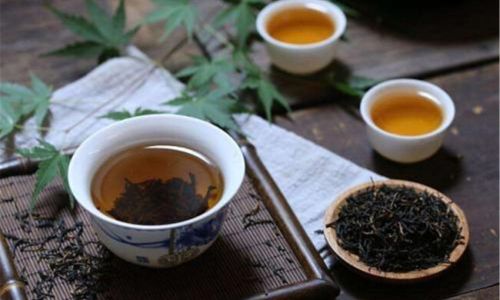
Bai Ji Guan, meaning “White Rooster Crest,” is a type of rock tea named after a nearby peak in the Wuyi Mountains. This tea is known for its distinct roasted flavor with notes of caramel, nuts, and a subtle floral undertone. Bai Ji Guan is often described as having a “rocky” taste, similar to Tie Luo Han, but with a smoother, more refined finish.
The production of Bai Ji Guan involves traditional oolong tea processing techniques, including withering, rolling, oxidation, and firing. This tea is highly valued for its complex flavor profile and is often sought after by tea enthusiasts who appreciate a well-balanced and robust cup of tea.
5. Rou Gui (Cinnamon)
Rou Gui, meaning “Cinnamon,” is a type of rock tea named for its cinnamon-like aroma and flavor. This tea is characterized by its robust, roasted taste with notes of cinnamon, nutmeg, and a hint of fruitiness. Rou Gui is often described as having a “spicy” quality, making it a popular choice for those who prefer a more intense flavor profile in their tea.
The processing of Rou Gui involves a higher degree of firing compared to other types of rock tea, which enhances its cinnamon-like aroma and flavor. This tea is produced in various grades, with the highest-quality leaves coming from older tea bushes grown in the Wuyi Mountains.
Cultivation and Processing of Rock Tea
The cultivation and processing of rock tea are labor-intensive and require a high degree of skill and expertise. Tea bushes are grown on rocky, mineral-rich terrain, which provides the unique terroir that characterizes rock tea. The tea leaves are carefully picked, usually in the spring, when the new growth is tender and flavorful.
Once picked, the tea leaves undergo a series of processing steps, including withering, rolling, oxidation, and firing. The degree of oxidation and firing varies depending on the specific type of rock tea being produced. For example, Da Hong Pao undergoes a relatively short period of oxidation and firing to retain its floral and roasted notes, while Rou Gui undergoes a longer period of firing to enhance its cinnamon-like aroma and flavor.
The History and Culture of Rock Tea
Rock tea has a rich history and cultural significance in China. It has been celebrated in literature, art, and poetry for centuries, and was once a favorite of Chinese emperors and nobility. The Wuyi Mountains, where rock tea is grown, have been a center of tea cultivation and production for over a thousand years.
Today, rock tea continues to be highly valued and sought after by tea enthusiasts worldwide. It is often served in traditional Chinese tea ceremonies, where it is appreciated for its complex flavor profile and the sense of tranquility and harmony it brings to the drinker.
Conclusion
In conclusion, rock tea is a unique and highly esteemed category of tea with a rich history and cultural significance. The diverse types of rock tea, including Da Hong Pao, Tie Luo Han, Shui Jin Gui, Bai Ji Guan, and Rou Gui, each offer a distinct flavor profile and sensory experience. The cultivation and processing of rock tea require a high degree of skill and expertise, and the resulting teas are celebrated for their complexity, balance, and harmony.
As tea enthusiasts continue to explore and appreciate the diverse world of tea, rock tea stands out as a remarkable example of the interplay between terroir, processing, and tradition. Whether you prefer the robust, roasted flavors of Tie Luo Han or the delicate, floral notes of Shui Jin Gui, there is a type of rock tea to suit your taste preferences. So, the next time you enjoy a cup of rock tea, take a moment to appreciate its unique qualities and the rich history and culture behind this remarkable beverage.
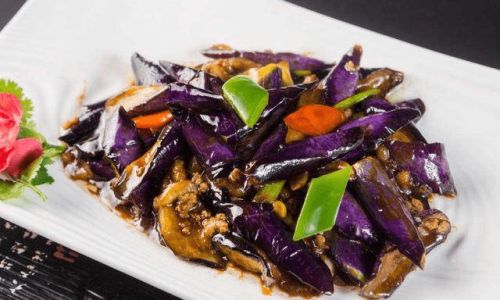
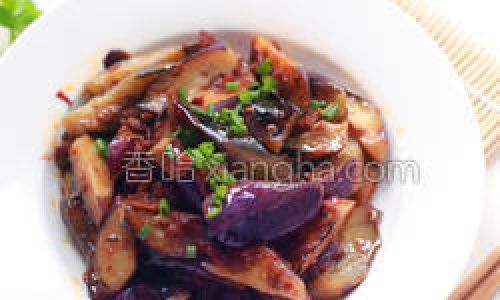
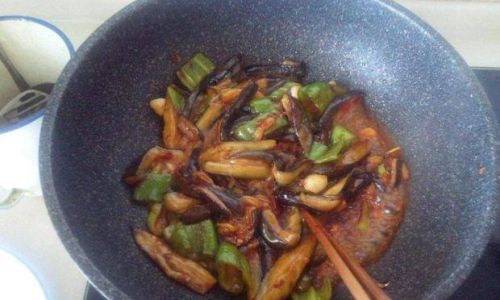
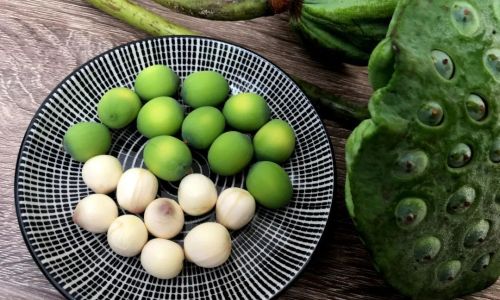
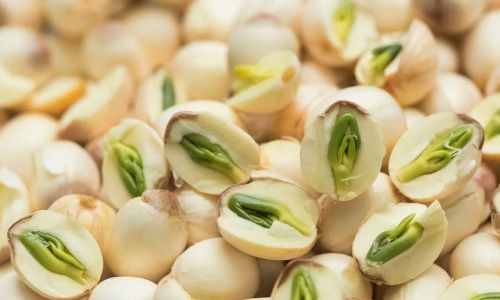
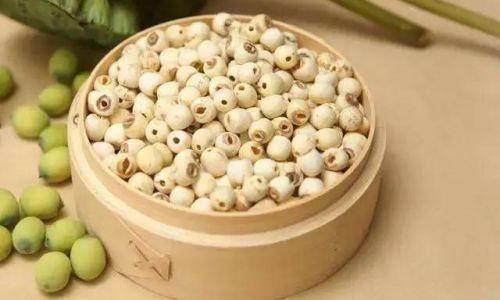
0 comments